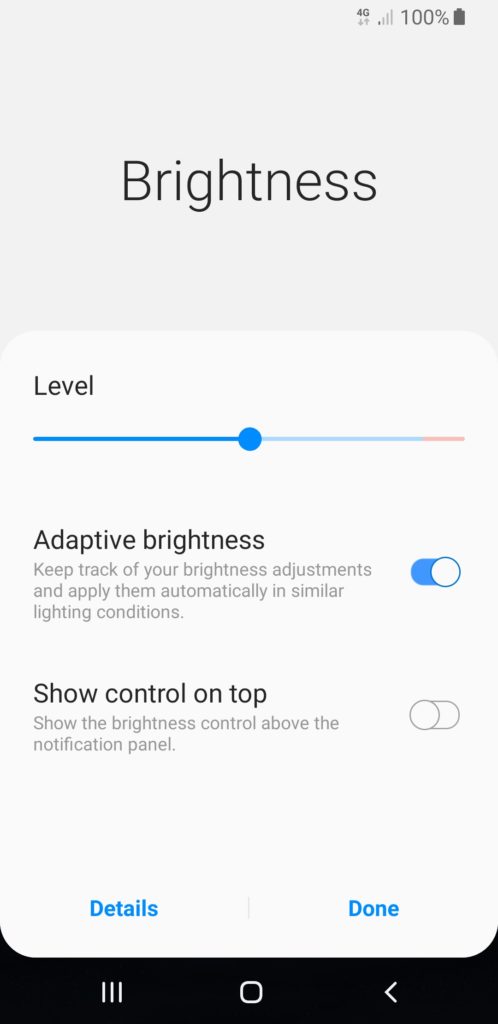
Of course, you can adjust your Windows 10 screen brightness from within Windows as well. You will often find the “ Fn” key located near the bottom-left corner of your keyboard, near “ Ctrl”. Note that you might have to press and hold the “ Fn” key on your keyboard while pressing the brightness keys. To adjust screen brightness, look for a key with an icon that corresponds to brightness like a sun logo. Often, these keys are part of the row of function keys, F1 through F12. Most laptops have shortcut keys that will allow you to quickly increase and decrease your screen brightness. How to change the Windows 10 screen brightness manually on Laptops / Tablets 5 How to change the Windows 10 screen brightness manually on Desktop PCs.4 Automatically adjust brightness based on ambient light.3 How to adjust screen brightness according to remaining battery life.

2 Automatically adjust brightness when your device is plugged in.1 How to change the Windows 10 screen brightness manually on Laptops / Tablets.In this tutorial, we will show you how to change the Windows 10 screen brightness manually and automatically. Windows 10 can also use ambient light sensors built into most modern devices to auto-adjust your screen brightness. You can change the Windows 10 display brightness while charging your device – running in full brightness while in charging mode is just a standard setting on laptops, convertibles and tablets as it is for many smartphones Windows can adjust your brightness based on whether your device is plugged in or not, or based on how much battery you have left. To do that, you can alter the screen brightness manually, or you can have Windows 10 do it for you automatically in a variety of ways.


In order to adjust your visual experience according to the brightness of the room you are in or to just save battery life, it’s best to adjust the Windows 10 screen brightness to your surroundings. Whether you’re using a desktop PC or a laptop, you probably need to change your screen brightness regularly.


 0 kommentar(er)
0 kommentar(er)
